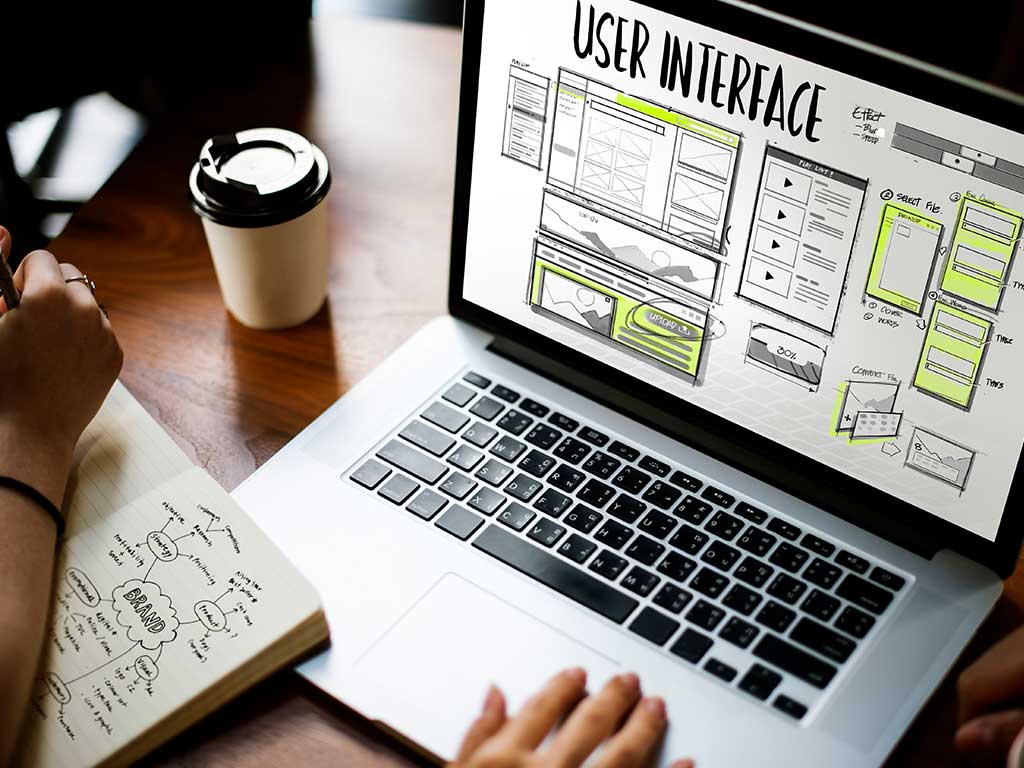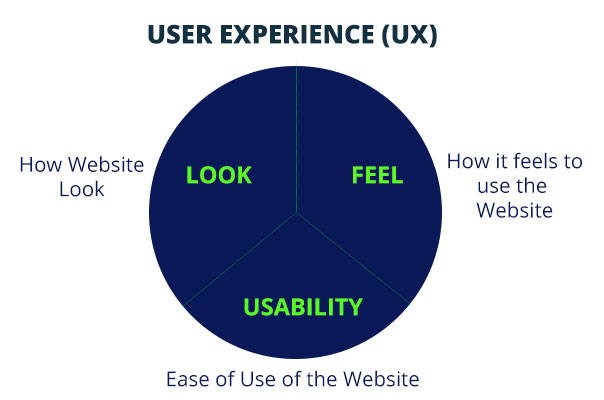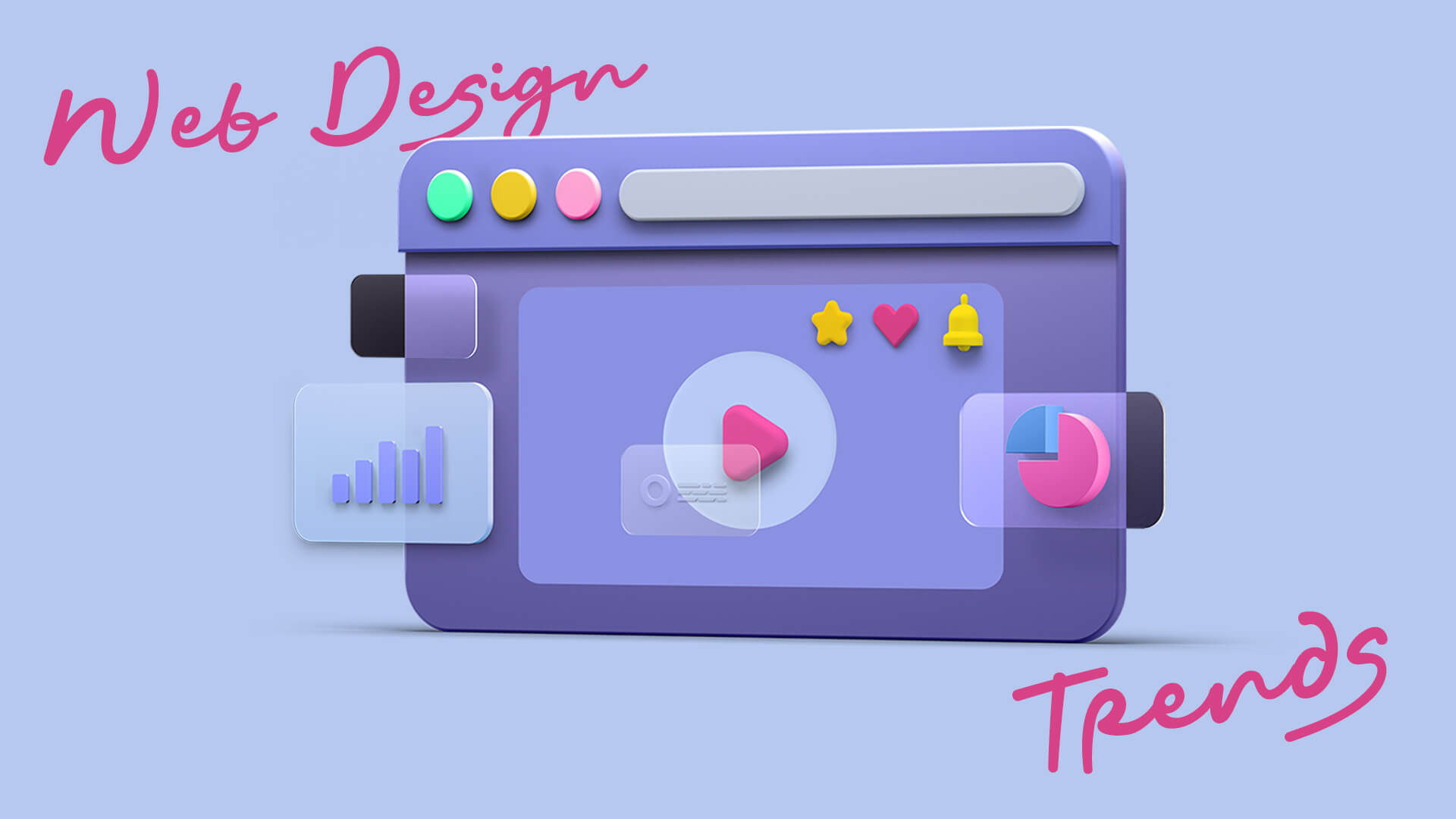 Website Design & Development
Website Design & DevelopmentHow Importance of User Experience Design
Users want to go to your site to do something, What if your site didn’t make it easy for users to do what they came for? A great user experience can make or break your website or app. What matters most, though, is how users interact with your site. A great user experience results from how easy it is for users to complete their goals. Knowing what matters most can help you improve your site and ensure your users are happy.
What is UX design?
User experience design is the process of designing a site or application that meets the needs of users and is effective in achieving its objectives. User experience design can be divided into three
main categories: user interface, system user interface, and content user interface.
User interface design refers to a website or application’s physical structure and layout. In contrast, system user interface design concerns the functionality and usability of the systems that make up a website or application. Content user interface design revolves around how users interact with content on a website or application, from finding information to interacting with authors and other contributors.
To create a successful user experience, it is essential to understand each category’s different aspects and work with team members who will help you achieve your objectives. By following these tips, you can create an effective online presence for your business or organization.
Why is UX design essential?
The user experience is essential because it strives to meet users’ needs. It aims to provide productive experiences that encourage users to pledge loyalty to a product or brand. Additionally, a meaningful user experience makes conversations you define your website or app’s most effective customer journeys.
A great user experience is what?
There is no correct answer to this question. The truth is that everyone’s user experience is unique. When designing websites and user interfaces, an essential thing to remember is that you are not your users. Assume nothing about what they want or need.
Therefore, how do you define a fantastic experience?
Bring yourself closer to your users. Communicate with them, observe them using your product, peer inside their heads, and consider their decisions. You will learn from your users and customers, so pay attention! Listen, look around, and ask questions.

Usability
In simple terms, usability refers to the ease with which a website can be accessed and used. To make your website usable, it must take the following into account:
- Navigability: Your website’s navigation should be simple. It should have a simple menu structure and navigate quickly and efficiently between pages.
- Findability: This measure assesses how easily details are mentioned. On your website, users quickly find the information they’re looking for.
- Readability: This metric indicates how easily users can read and comprehend a website’s content. Consider factors such as font type, font size, line height, line spacing, the contrast between text and background color, subheads, bullet points, and sentence length, among others.
- Learnability: This measure indicates how fast users can become familiar with and competent with a site’s user interface upon initial contact. It should be straightforward for users to recall the user interface on subsequent visits.
What factors contribute to a positive user experience?
Every user experience is unique. The most vital point worth mentioning when designing a website is that even though you created it, you may not be a potential user who will use it. As a result, we cannot assume what a user desires or requires.
So, what makes a great experience?
Get close to your users, converse with them, observe them using your website/app, peer inside their heads, and indicate the decisions they make. You can acquire knowledge from your users and customers, so keep a close eye out! Take time to listen, observe, and ask questions.
It’s the right time to start planning your website.
User Experience (UX) is more than a visual appearance. When planning your website, consider how your visitors interact with your page. How about your page’s content? What method of communication will be used to deliver your message? How about navigation?


